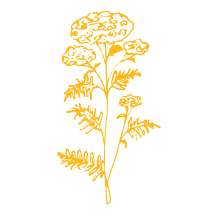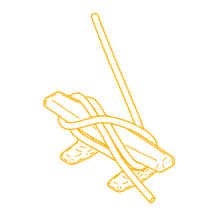
(Put a sprig under your pillow, and dream of whom you love.)
A simple flower, and such a history; so much belief.
Yarrow has been found in 60,000-year-old Neanderthal graves and 50,000-year-old Neanderthal teeth (the plant’s seeds chewed for medicinal purposes, the bitter taste making it unpalatable as food). It is famed for its ability to staunch bleeding (though Homer makes no mention of the herb per se, Achilles is said to have applied it to his friend Patroclus’ wound during the Trojan Wars—thus yarrow’s Latin name, Achillea millefollium). A primal remedy of both Eastern and Western herbal tradition and a staple in Ayurvedic medicine, yarrow’s efficacy is as much a matter of faith as fact. It has (among other things) been used to treat fevers, common colds, dysentery, bloating, cramping, toothaches, anxiety, depression, and cardiovascular complaints.
Daily, we have new data about COVID-19. Tantalizing hints on antibody tests and vaccine trials, “spread projections” and “flattened curves” (the necessary vocabulary of today). No doubt, science is our friend, but also incomplete. In some regard, we live in a world as fearful and unknown as that of our long-ago Neanderthal cousins.
Science is vital, and not enough. We feel that every day, trembling in our homes, much like our ancestors huddled in caves so long ago. We live in terror of what we cannot see, what we do not fully understand. We crave something more—something to augment science.
Which brings us to yarrow.
Not so much as a plant with factual anti-inflammatory, anti-oxidant, and analgesic properties, but rather as talisman, steeped in millennia of belief. Yarrow as symbol of our much-wanted healing, a prayer for our night. Magic.




